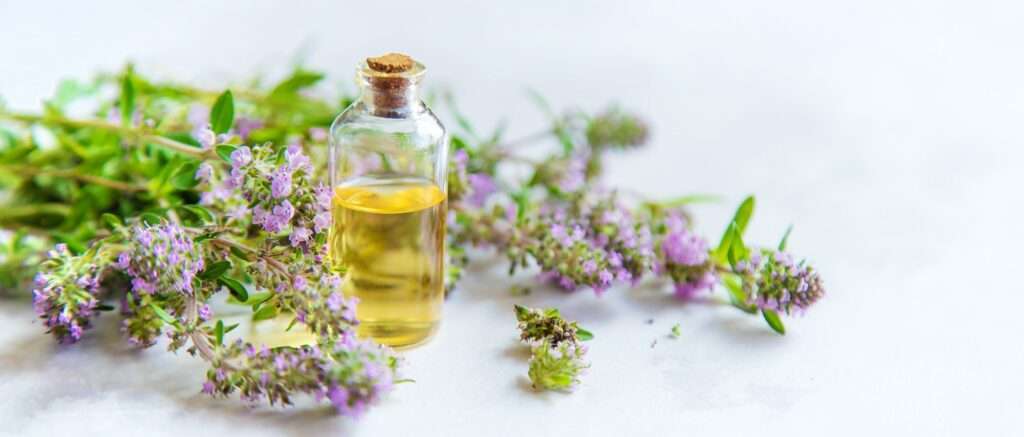This simple skincare technique takes practice but results in glowing and radiant skin.
What is the oil cleansing method?
Oil cleansing may sound counter-productive in your skin care regimen as we have been conditioned to avoid excessive oil or things that can clog pores in American beauty culture. But when practiced correctly, the results of oil cleansing the skin speak for themselves!
Oil cleansing has a long history of use across the globe, practiced by many cultures for hundreds of years, and has been making a major comeback for use on sensitive skin, acne prone skin, and for simply removing makeup better. Many influential and popular skin care brands are now including oil cleansers in their product offerings for this reason.
A foamy lather is often associated with the term “cleansing”. Although products that create lather can be used for oil cleansing, the process usually consists of pure oils that are removed with a damp washcloth. The products that create lathers can be filled with toxic ingredients to achieve this foaming, and can strip skin of necessary oils for skin health. Too many who suffer from acne and redness are told they need to fight these imperfections with acids such as salicylic or lactic acid in order to dry out the pustules and inflammation, but they can doing more harm than good.

Instead of using foaming agents and acids to harshly strip away imperfections, remember that in basic chemistry classes or cooking, “like dissolves like”. When you put oil into water, they repel each other and never fully mix, but if you add one type of oil to another, they can mix together seamlessly. By placing oil directly onto the skin, you can lift makeup, dead skin, dust, and excess oil in the pores called sebum.
For this reason, oil is a common ingredient in makeup removers. Waterproof, oil-based, and oil-free makeup formulas can all be removed from your skin and lashes with oil.
Conventional cleansers may aggravate acne, excessively dry out your skin, irritate it, and ultimately increase oil production on your skin after washing. Conversely, oil cleansing helps maintain skin hydration and balance when practiced correctly. It is also possible to preserve the skin’s natural lipid layer (often called the skin’s barrier) and the “good” bacteria that reside there by using oils rather than conventional soap or detergent cleansers. Certain good bacteria that grow on your skin may help protect against infections and acne, just like how you need some good bacteria in your gut for healthy digestion.
Oil quality matters
Since so many companies have released oil cleansers, you can readily locate them online as well as in most pharmacies and cosmetic shops. But be aware, just like with other skincare industry products, not all are created equal. You will see many product lines formulate with olive and castor oils. Dry skin can benefit from a mixture of both types, but oily, sensitive, or acne-prone skin can benefit from using more castor oil. Those with eczema or easily irritated skin may also do better to steer away from olive oil topically, and are better off consuming olive oil in their diet for the anti-inflammatory benefit.
It’s still important to purchase cleanser products free of artificial fragrances or dyes, regardless of the oils you select. When choosing virgin oils for external use, opt for cold-pressed, unrefined oils rather than food-grade oils. Not sure if your skin will like a product? Expert advice: do a “patch test”. Before using a product on a large portion of your skin like your face, you can use a patch test in a covered area to help ensure that there are no potential adverse reactions. Before using any new skincare product, it is always advised to perform a patch test.
We love the Kari Gran Cleansing Oil for dry or mature skin types concerned with fine lines, wrinkles, and acne. Their skin product regimen also contains a rose water spray toner and essential serum for magically rehydrating skin that feels tired of being in harsh conditions, like living in a high desert. All of their products are made with organic (when available) oils, formulated for purity and made in small batches here in the Pacific Northwest. Their product line is perfect for those who want to keep their skin care regimen simple and hassle free.
Oil cleansing techniques can also be used with medical grade cream cleansers such as AlumierMD‘s SensiCalm or HydraBoost face washes.
How do I oil cleanse?
Oil cleansing can be done in two ways: the basic cleanse or double cleanse method.
The basic method means using the oil on dry skin, massaging, and using a damp washcloth to remove the oil with a gently exfoliation. The double cleanse implies completing the basic oil cleanse steps above then immediately following with a second cleanse, usually a water-based cleanser.
When should I do an oil cleanse?
It is advisable to do an oil cleanse once a day as opposed to every time you wash your face. Seeking to oil cleanse at night to help clean and hydrate your skin before bed can be ideal. Following an oil cleansing, your skin should feel smooth and free of dirt, makeup, and other products. Depending on the oil you select and type of skin, you might not even need to moisturize afterwards.
How long until I see results from an oil cleanse?
There aren’t many studies on oil cleansing, but anecdotal evidence suggests your skin might take a week or two to adjust. Some purging, a rise in pimples, or dry, peeling skin could be apparent in the interim. (Purging is the term for breakouts brought on by new products that agitate your skin’s surface bacteria.)
Consider trying the oil cleansing method if you’d like to switch up your face washing routine, or if you’ve tried many other products without desired outcomes. Please be aware everyone can have oils that provide more benefits for their specific skin type, so keep an eye on how your skin reacts as you may need to adjust accordingly. It may be necessary to gently cleanse afterwards, switch to a different oil, or cease oil cleansing entirely if you observe an increase in breakouts, particularly after oil cleansing for a few weeks.
Subscribe to Updates
Get the latest posts delivered to your inbox.





